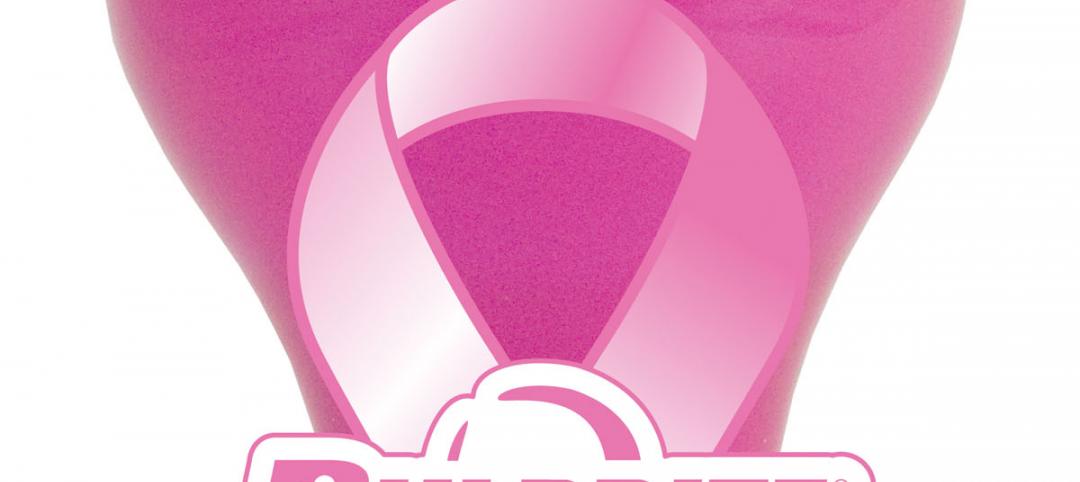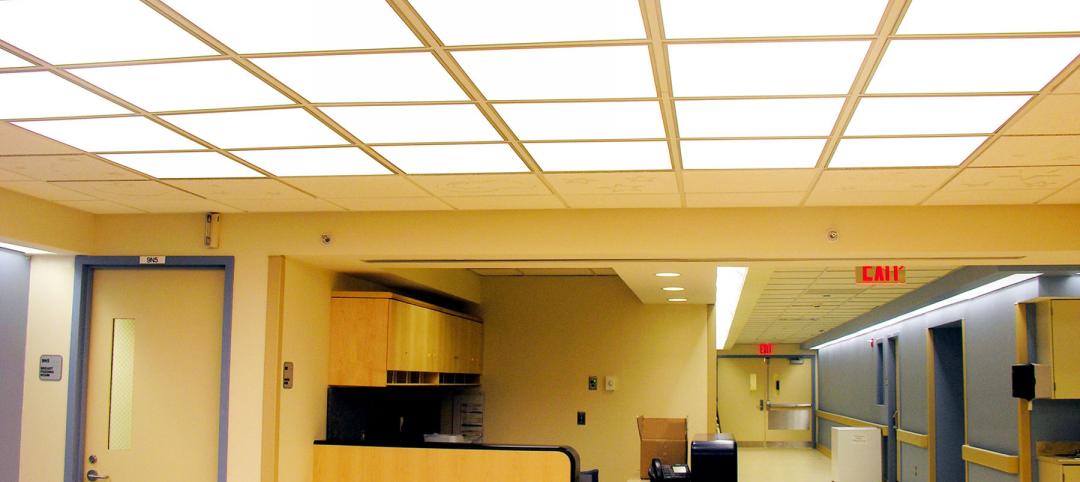Low-smoke halogen-free (LSHF) cables have been on the market for decades, yet there are still many misconceptions about the application and definition of test requirements/methods for these cables.
Generally speaking, traditional halogenated cables, when compared to LSHF cables, produce more toxic and corrosive smoke in the event they are burned.
LSHF cables first originated in the 1970s in Europe and the U.S., and began being used in underground structures by London Underground and North Sea offshore drilling platforms in the 1980s. These cables have traditionally been used in enclosed spaces, such as subway systems, tunnels, submarines, ships, and mines. Today, LSHF cables are also being used for life safety and mission critical applications, including hospitals and data centers.
“Traditionally, where LSHF cables are used, the application of these cables were in enclosed spaces,” says Robert Bellassai, senior staff engineer at certification company UL. “So, if you had a space that was not exposed to or installed in outside air, that’s where these cables would be used. But the use of LSHF cables is rapidly expanding.”
Wire and cables, which are essential to any building, structure, or product, generally consist of insulated copper conductors or buffered/unbuffered optical fibers, and are covered by a protective outer jacket. Cables may also contain other polymetric materials, such as fillers, tapes/wraps (e.g., PET, fiberglass, polyester, etc.), ripcords, shields (e.g., aluminum-PET, copper-PET, etc.), and color concentrates.
In the case of halogenated cables, the polymetric materials of which they are manufactured contain one or more halogenated elements, such as chlorine, bromine, fluorine, iodine, or less likely astatine.
Halogenated elements serve a purpose when used in polymetric materials. In most applications, they are in the form of chlorinated and brominated flame retardants to inhibit flame propagation of the cable when burned. However, the cable will emit smoke that is toxic and corrosive, and that contain higher amounts of carbon monoxide (CO).
One study from the University of Lancashire in the U.K. found evidence that suggests combustion products can be potentially hazardous to people if they cannot easily evacuate from the area. The cables studied contained brominated or chlorinated flame retardants, which produced significantly higher levels of CO gas during combustion.
Additionally, when mixed with water, hydrogen halides form hydrochloric acid, hydrofluoric acid, or hydrobromic acid, which can damage and destroy critical structures, components, and equipment, due to the corrosive nature of the combustion product.
Installing LSHF cables significantly reduces the risk of toxic and corrosive smoke being emitted in case of a fire.
Ideal for subterranean and mission critical applications, such as subway tunnels and data/emergency call centers, LSHF cables can be called other acronyms, such as LSZH, HFFR, LSF, and LS0H. These acronyms have been developed by manufacturers to characterize (self-certify) their products for smoke generation and halogen content.
Each self-certification acronym is associated with industry standards that were not always directly applicable for the characterization of smoke and halogen content. Also, each cable and material manufacturer doesn’t always associate the same standards with the same acronym.
“Low-smoke” refers to the amount of smoke that a complete cable construction produces upon combustion. “Halogen-free” refers to the amount of individual halogen elements that are present in each combustible cable component.
The dangers of not installing LSHF cables are potentially deadly, as evidenced by the Jan. 12, 2015, fire at Washington, D.C. Metro’s L’Enfant Plaza Station.
There, an electrical malfunction caused a fire which filled up the subway tunnels with toxic smoke. In total, 86 people were injured from smoke-related injuries and one person died.
D.C. Metro, and other transit agencies, had been advised by the National Transportation Safety Board in July 2014 to replace and update its cables to better protect them from fires. Metro had been in the process of installing new cables for over a year, but had not yet finished the project when the June 2015 fire broke out.
According to the Washington Post, multiple lawsuits filed by transit riders alleged that Metro created unsafe conditions in the tunnels, in addition to delaying evacuation efforts.
While some suits have been settled out of court, others, including a suit filed by the family of the person who died, are expected to go to trial this fall.
Installing LSHF cables not only protects employees and customers, but they can also increase the value of the structure in which they’re installed.
The U.S. Green Building Council recognizes four levels of LEED certification: Certified (40-49 points), Silver (50-59 points), Gold (60-79 points), and Platinum (80+ points). Having LSHF cables installed counts as points toward certification and can increase the financial value of the property and save owners money in decreased operational costs.
“Certified LEED green buildings are very efficient, resulting in decreased operational costs due to lower utility and maintenance expenses,” says Bellassai.
The high safety standards associated with LSHF cables are environmentally friendly and cost effective.
Additionally, LSHF cables have been proposed to be included in the 2020 version of the National Electrical Code. The proposal, submitted by Mexichem, seeks to add HF and LSHF optional markings so contractors, architects, specifiers, and users can specify HF and LSHF cables. It would give these end users a standards-based Mark brought to you by an independent third-party laboratory such as UL LLC.
If approved by the NFPA for the 2020 NEC, this will give Authorities Having Jurisdiction (AHJ) an easy way to identify HF and LSHF products for applications that would benefit from the reduced toxicity and corrosivity of these cables, and from a trusted third-party independent test laboratory like UL LLC.
Download UL LLC's free white paper on this topic, Clearing Misconceptions About Low-Smoke, Halogen-Free Cables.
Related Stories
| Oct 11, 2011
Pink light bulbs donated to Society of Memorial Sloan-Kettering Cancer Center
For every Bulbrite Pink Light Bulb that is purchased through the Cancer Center Thrift Shop, 100% of the proceeds will be donated to help support breast cancer research, education, screening, and treatment.
| Sep 26, 2011
Energy efficient LED flat panels installed at N.Y. metro hospitals
LED Flat Panels deliver fully dimmable, energy efficient high quality lighting with even, shadow-free distribution, and excellent 85 Color Rendering Index.
| Sep 12, 2011
Geist opens European branch
The new branch provides the company’s international clients with additional support and services.
| Apr 13, 2011
Danfoss Chairman of the Board Joins Clinton Global Initiative
Danfoss, a leading manufacturer of high-efficiency electronic and mechanical components and controls for air-conditioning, heating, refrigeration and motion systems, today announced that Jorgen M. Clausen, Chairman of the Board, has received and accepted a membership from former President Bill Clinton to join the Clinton Global Initiative.
| Mar 17, 2011
Hospitality industry turns to HTS Texas for ‘do not disturb’ air conditioned comfort
Large resort hotels and hospitality properties throughout the Southwest have been working with local contractors, engineers and HTS Texas for the latest innovations in quiet heating, ventilating and air conditioning (HVAC) equipment. The company has completed 12+ projects throughout Texas and the Southwestern U.S. over the past 18 to 24 months, and is currently working on six more hotel projects throughout the region.
| Dec 17, 2010
New engineering building goes for net-zero energy
A new $90 million, 250,000-sf classroom and laboratory facility with a 450-seat auditorium for the College of Electrical and Computer Engineering at the University of Illinois at Urbana/Champaign is aiming for LEED Platinum.
| Nov 9, 2010
U.S. Army steps up requirements for greening building
Cool roofs, solar water heating, and advanced metering are among energy-efficiency elements that will have to be used in new permanent Army buildings in the U.S. and abroad starting in FY 2013. Designs for new construction and major renovations will incorporate sustainable design and development principles contained in ASHRAE 189.1.
| Nov 3, 2010
Sailing center sets course for energy efficiency, sustainability
The Milwaukee (Wis.) Community Sailing Center’s new facility on Lake Michigan counts a geothermal heating and cooling system among its sustainable features. The facility was designed for the nonprofit instructional sailing organization with energy efficiency and low operating costs in mind.
| Oct 13, 2010
Prefab Trailblazer
The $137 million, 12-story, 500,000-sf Miami Valley Hospital cardiac center, Dayton, Ohio, is the first major hospital project in the U.S. to have made extensive use of prefabricated components in its design and construction.
| Oct 12, 2010
Guardian Building, Detroit, Mich.
27th Annual Reconstruction Awards—Special Recognition. The relocation and consolidation of hundreds of employees from seven departments of Wayne County, Mich., into the historic Guardian Building in downtown Detroit is a refreshing tale of smart government planning and clever financial management that will benefit taxpayers in the economically distressed region for years to come.













